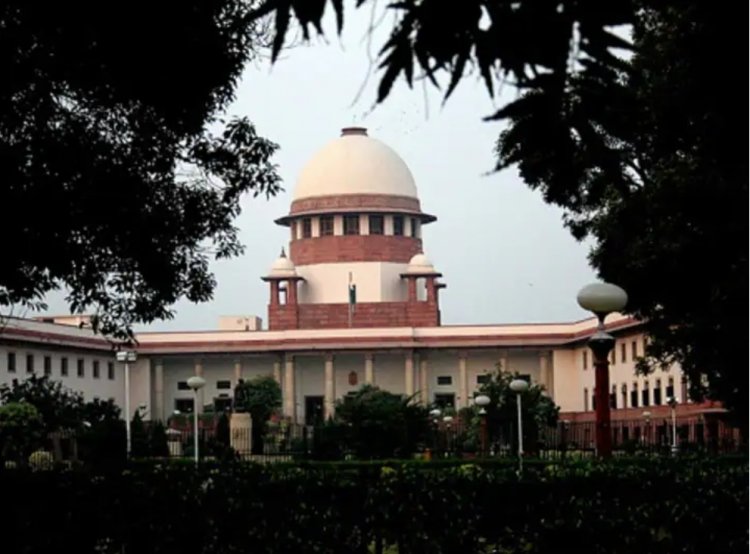Demonetisation: Supreme Court upheld the Centre's decision, a judge's opinion differs
Demonetisation Decision: The Supreme Court said that there was no deficiency in the process adopted while taking the decision of demonetisation, so there is no need to quash that notification.

Supreme Court On Demonetisation: The Supreme Court has given its verdict on demonetisation. The constitution bench of the court with a 4:1 majority has upheld the decision of the central government to close the notes of 500 and 1000 rupees six years ago.
Deficiencies in the decision of demonetisation were counted through 58 petitions in the Supreme Court. A five-judge bench headed by Justice Abdul Nazeer completed the hearing on the matter on 7 December. On Monday, Justice B.R. Gavai read out the majority verdict.
In this judgment Justice S. Abdul Nazir, A. s. Bopanna and V. Ramasubramanian also concurred, while Justice B. V. Nagarathna read a separate judgment. In this, he admitted that demonetisation was implemented without fully following Section 26(2) of the RBI Act. However, this decision of the minority will not have any practical effect.
While giving the verdict, the bench said that no error has been found in the notification of November 8, 2016 and all series of notes can be withdrawn. The Supreme Court said that there was no deficiency in the process adopted while taking the decision of demonetisation, so there was no need to quash that notification.
The court also said that RBI does not have the independent power to change the date of withdrawing the demonetised notes. At the same time, the court said that the central government can take such a decision only on the recommendation of the RBI.
'The decision making process cannot be said to be wrong'
It was also said in the judgment that the court can interfere in the economic policy very limited. The judges said that discussions were held between the Center and the RBI (on demonetisation) for six months, so the decision-making process cannot be falsified.
The Supreme Court said that "as far as the problems faced by the people are concerned, it needs to be seen here that what was the objective of the step taken."
Opinion of a judge
Justice B. V. Nagarathna opinion regarding demonetisation appeared different. He said, "Demonetisation of all series of notes at the behest of the central government is a far more serious issue than bank demonetisation therefore, it should be done first through executive notification and then through legislation." He further added that as per section 26(2), the proposal for demonetisation can come only from the Central Board of RBI.
Justice B. V. Nagarathna said the RBI did not apply an independent mind and only approved the Centre's wish for demonetisation. He said, "A perusal of the records that RBI produced shows that the entire exercise was done in just 24 hours due to the will of the Centre."
What did Justice BR Gavai say?
Justice BR Gavai, reading out the majority judgement, said that demonetisation had a proper nexus with the objectives (elimination of black marketing, terrorism financing etc) that it sought to achieve. He said that it is not relevant whether the objective was achieved or not. The bench further said that the prescribed period of 52 days for exchange of notes cannot be termed as unreasonable.
The bench further said that Section 26(2) of the RBI Act, which empowers the Center to Justice demonise any series of bank notes of any denomination, can be used for demonetisation.

 Manika Raghuvanshi
Manika Raghuvanshi 





